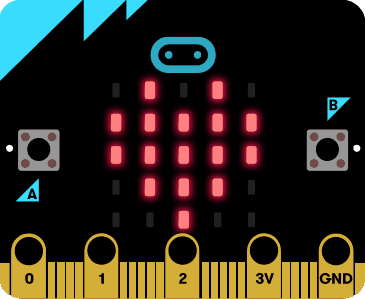Week 4 - Multimedia and Creativity
- Eva Kostopoulos
- Mar 13, 2023
- 2 min read
Updated: Apr 12, 2023
The promotion of creativity within the classroom should be encouraged as it enables students to deliver knowledge and information with an immense means of modes that are present (Collard & Looney, 2014). The European Reference Framework on Key Competences identifies creativity as a transversal theme that is important for the development of basic skills of language, literacy, numeracy and information and communication technologies (ICT), (Collard & Looney, 2014, p.348).
(Stop Motion Studio App, 2018)
Stop Motion Studio is conveniently accessible for all users, which is adequate for students from either primary or secondary schools as it is designed to be intuitive and straightforward. In creating a stop-motion animation, students must simply take a series of pictures which the application will then compile into a video. The use of characters, props, background scenery is completely up to the student’s imagination, with the application providing a range of features such as the ability to add sound effects, music and voice overs, which students can use to enhance their videos.
Images from Eva Kostopoulos on Stop Motion Studio
Fostering Creativity in the Classroom:
For teachers, the challenges in conveying knowledge into content may be demanding in some circumstances. In particular, the concepts and processes that may be too complex to represent in the subject may be perplexing to demonstrate or illustrate into a confined lesson with minimal resources.
A study conducted by Wishart (2017) analysed 15 student teachers (8 secondary and 7 primary teachers) who taught and learnt how learning opportunities involving stop-motion animation can support student learning and science teacher education. Primarily, the overarching theme that was found and beneficial was the open-ended discussion that took place. This discussion not only with the teacher but with the pupils in their groups in regards to their process and if their visualisation of science concepts were correct.
Noted, in subjects such as science, the application of Stop Motion Studio could be seen as a potential utilisation within the classroom. For instance, a Stage 4 science class could focus on the outcome ‘relates the structure and function of living things to their classification, survival and reproduction’ (SC4-14LW) in the NSW Education Standards Authority (NESA) syllabus (NESA, 2018), students can depict the growth of living things through Stop Motion Studio.
Pedagogical Critiques:
It is important for teachers to understand the time required for planning and preparing lesson plans which require the needs of technology. This is in regards to the resources required such as tablets, the time required to explain the technology, and the allocation of extra time.
Video from Eva Kostopoulos on Stop Motion Studio
References:
Cateater, L. L. C. (2023). Stop Motion Studio. Stop Motion Studio - Animation App for Mobile and Desktop. https://www.stopmotionstudio.com/
Collard, P., & Looney, J. (2014). Nurturing creativity in Education. European Journal of Education, 49(3), 348–364. https://doi.org/10.1111/ejed.12090
NSW Education Standards Authority [NESA]. (2018). Science K-10 syllabus: Outcomes. NSW Education Standards Authority (NESA). https://educationstandards.nsw.edu.au/wps/portal/nesa/k-10/learning-areas/science/science-7-10-2018/outcomes
Stop Motion Studio App. (2018). Stop Motion Studio Tablet Promo Trailer - Let's Make a Movie. YouTube. https://youtu.be/gJhUupnVbkE
Wishart, J. (2017). Exploring how creating stop-motion animations supports student teachers in learning to teach science. Journal of Research on Technology in Education, 49(1-2), 88–101. https://doi.org/10.1080/15391523.2017.1291316







Comments